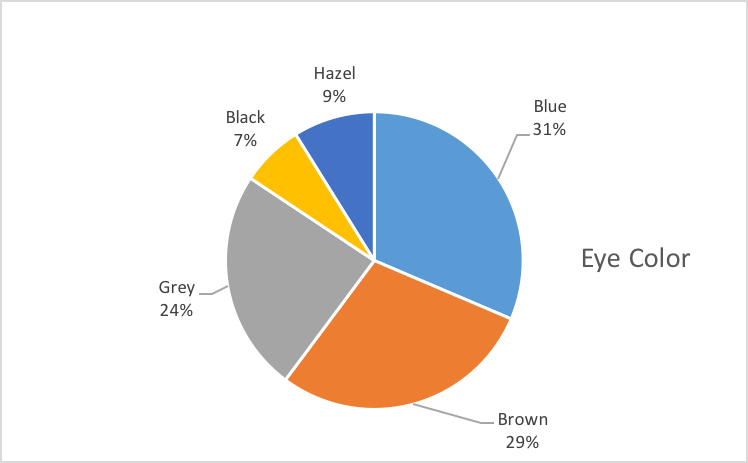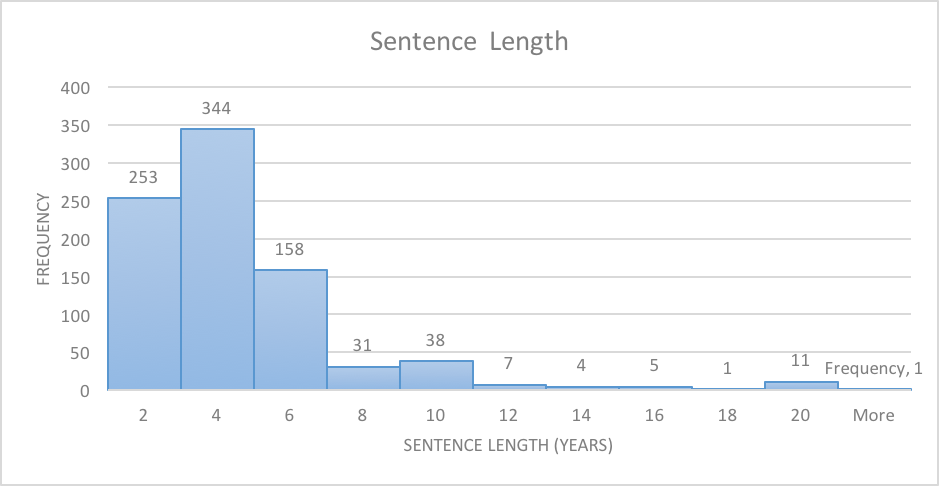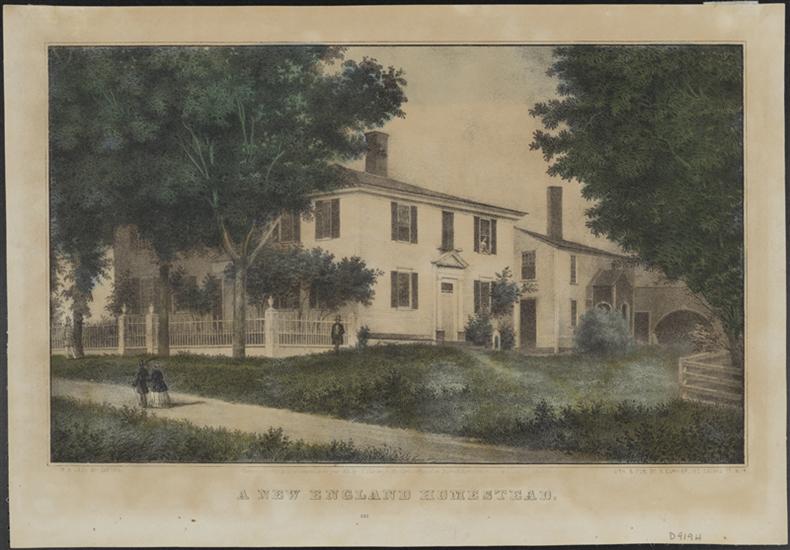Classification of the Criminal: A Brief History of Criminology
Introduction:
When creating the image of the ‘criminal man’ it becomes necessary to ask oneself whether there exists a definitive model of who is and who is not a criminal. Are lawbreakers anatomically similar? Do they constitute a class of people? In short, is there such thing as a criminal ‘type’? Throughout the next 3 essays I will seek to answer that question in the context of the 19th century American penitentiary. I will revolve around the central claim that throughout the course of the 19th century, the criminal type was identified and re-identified constantly along both biological and social terms. This dynamic definition of the ‘criminal man’ lends support to the fact that there actually did not exist a definitive definition at all. Developments in psychology and science demanded constant re-evaluation of what constitutes a criminal both into and out of the 19th century. In this essay, we will look into the history of criminology and how it had developed into the 19th century. From there we will enter the century with the end of classical and the beginning of positivist theory and explore how the 1800s saw developments in biological explanations of who the criminal man is. These explanations transformed themselves throughout the course of this time period and eventually fed into the 1900s with the beginning of social explanations to crime.
Continue reading Classification of the Criminal: A Brief History of Criminology
Influence of 19th Century Criminological Theory on Penal Practice
Throughout the course of the 19th century, the definition of who the criminal man was influenced the way he was treated. Whether theorists could identify the criminal along biological, social or psychological terms influenced prison policy on how to turn crime doers away from their lives of evil. In fact, reform was the ultimate goal of the 19th century penitentiary. It was for this reason that policy makers were so adamant in aligning the way criminals were treated with their perceptions of how ‘the criminal’ came to be. If the criminal is simply, as classical theorists would suggest, a rational man, then to force him to contemplate his actions will reform him. If, however, he is biologically pre-disposed to commit crimes, harsher reform strategies need to be taken. We will analyze those strategies taken within the context of the New York State penitentiary, Sing Sing Prison and its predecessor Auburn Prison.
Continue reading Influence of 19th Century Criminological Theory on Penal Practice
The Born Criminal and Indeterminate Sentencing
The Failure of Reform:
The rise of bertillonage and increased interest in rates of criminal recidivism led to the realization by policy makers of the late 19th century that in many cases, reformation of criminals does not work. The Bertillon system, which found its origins in the studies of French criminologist Alphonse Bertillon, focused on the measurement and recording of body parts as a means of identifying the criminal. The system helped create a profile that identified criminals based on their unchangeable physicalities, and could identify repeat offenders despite new tattoos or aliases they may use to mask their identity. It rose to popularity in an age before fingerprint analysis and shed light on the high rates of recidivism in American penitentiaries that policy makers had fallen ignorant to. “Recommitment rates” for Sing Sing prison, specifically, during the years 1817 and 1842 demonstrate that the likelihood of recidivism was far greater in the 19th century than reform.[1] By classifying between first time and repeat offenders, the Bertillon system lent support to the idea that efforts to reform criminals in prison were failing, and cast serious doubt over phrenological ideas that the criminal man was someone who could be turned away from his propensity of lawlessness.
Continue reading The Born Criminal and Indeterminate Sentencing
Charles Wilson
On New Year’s Day in 1844, Charles Wilson was born to Protestant parents in New York City. His father sold fruit on the street, and his mother worked odd jobs as a seamstress. Charles grew up poor, in a tenement building on the Lower East Side.
Peter H. Cisco
Peter H. Cisco was born into slavery in 1855, on Shirley Plantation, in Charles City County, Virginia. Peter’s mother was a domestic servant for the plantation owners, and his father worked the tobacco fields. Peter lived the first seven years of his life in slavery, but early one morning in April 1862, everything changed. The Civil War had been raging on for a year, and Peter’s parents, living so tantalizingly close to the border with the free North, decided to plan an escape, in an effort to guarantee a better future for Peter.
William McCarthy
William McCarthy was born on February 3, 1843 in New York City. Hazel-eyed, with flaming red hair and a ruddy complexion, William, a Catholic, fit the stereotypical mold of the tough Irishman exactly. William’s parents died when he was just 5 years old, leaving him orphaned and alone in the streets of New York City. He spent the rest of his young life in the orphanage on 73rd Street and Riverside Drive, with hundreds of other parentless children. There, cared for by the women who ran the orphanage, William learned lifelong skills. He was taught reading and writing, and he also learned mechanical skills which enabled him to become a laborer as a young adult. Most importantly, growing up in an orphanage taught William how to survive in tough situations and how to assert himself in a group setting. To get the best chore assignments, to gain favor with the orphanage directors, to be first on line for meals, William had to be tough, relentless, and cunning.
Edward Johnson
Born on April 15, 1856, Edward Johnson had a gift – he could paint. Edward was born in Danville, Missouri, but he moved many times over the years with his parents. Edward’s parents were both Protestant religious artists, his father a traveling gospel singer and his mother a mildly successful poet among Southern congregations. Edward’s parents fostered his love of art and encouraged his painting from a young age, and they taught Edward that the true beauty and value of any art is in how that art serves God and His Kingdom. Edward spent many years of his young life on the road with his parents, improving his painting skills. The family even lived in the West for a while, in Kansas, Oregon, and California. But in the winter of 1876, everything changed. Edward’s entire family contracted influenza. Edward was better soon, but his parents suffered immensely in the winter months, both eventually succumbing to the illness in March of 1877.
William Clarke
William Clarke was born on May 23, 1858. He grew up in Raymond, New Hampshire, a small town just outside Manchester. William’s parents and aunt were servants for a wealthy family that was part of the New England aristocracy. William’s mother Ruth, was the personal maid for Mrs. Anne Richardson, his father Jack was the head butler, under the supervision of Anne’s husband Thomas, and his aunt Mary was the head cook. William was lucky to grow up in the Richardson’s home – Anne and Thomas loved the Clarkes, and they treated them well. Anne and Thomas were older when William was born, and their children were already grown, so they loved having a child around again, and they included William and his parents as part of their family.
Marie Christine Leps on Crime Depicted in Late Nineteenth Century Newspapers
Breakthroughs in technology during the nineteenth century, predominantly the replacement of mechanical presses by steam-powered presses, combined with the rise of the middle class and mass literacy, allowed for the growth of a more popular and inclusive press that favored human-interest stories.[2] The steam-powered printing press was able to churn out newspapers more quickly and more easily, but they were very expensive. Publishers needed to pay off the debt they accumulated after buying a press, which required them to reach a larger audience and sell more copies. The way they did this was by printing what the public wanted to read about. Crime, in particular, was a very popular subject. However, besides capturing the interest of paying customers, the discourse on crime in late nineteenth and early twentieth century newspapers influenced society in another way: it shaped the public’s notion of who “the criminal” was.
Continue reading Marie Christine Leps on Crime Depicted in Late Nineteenth Century Newspapers






















